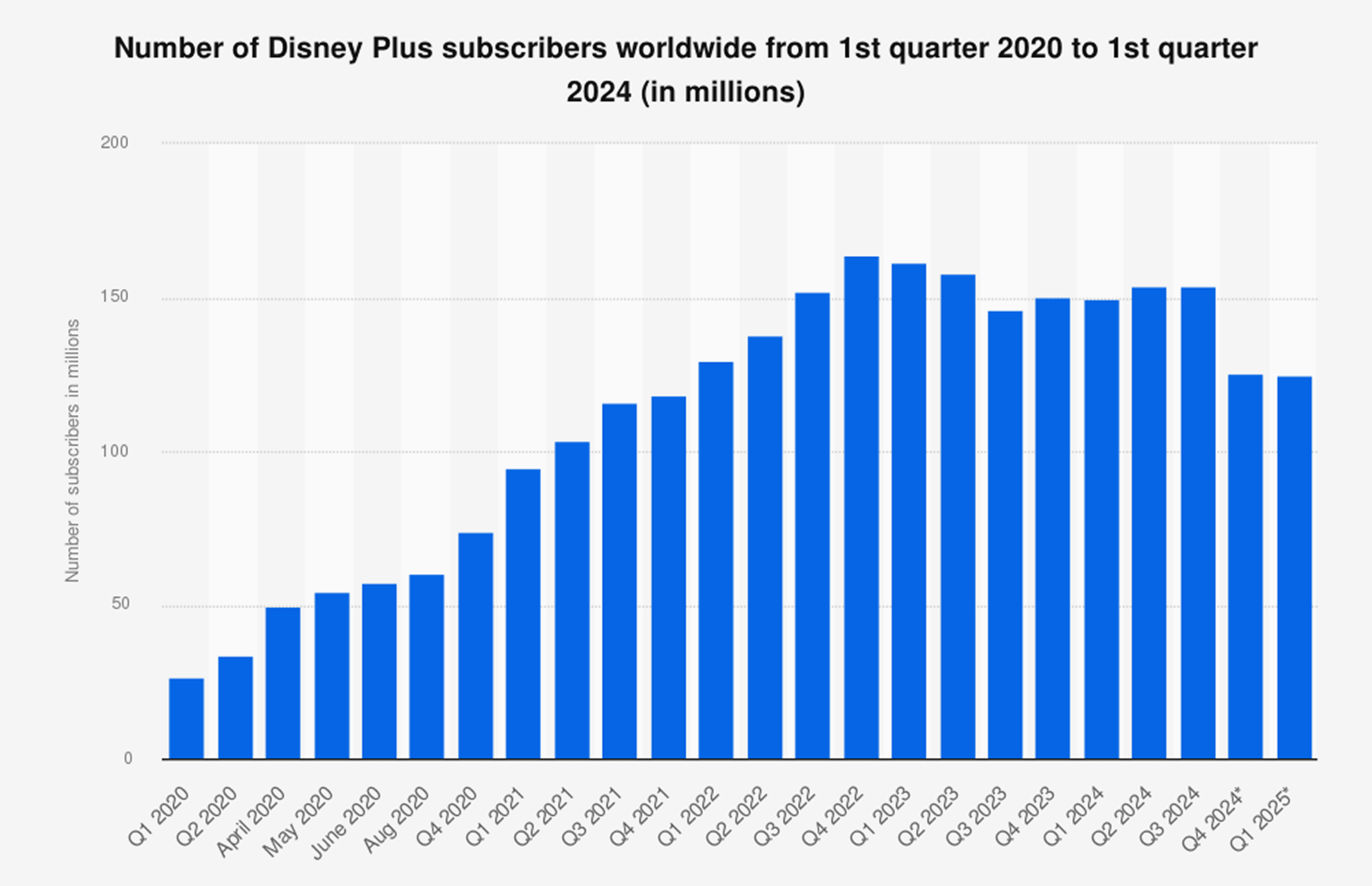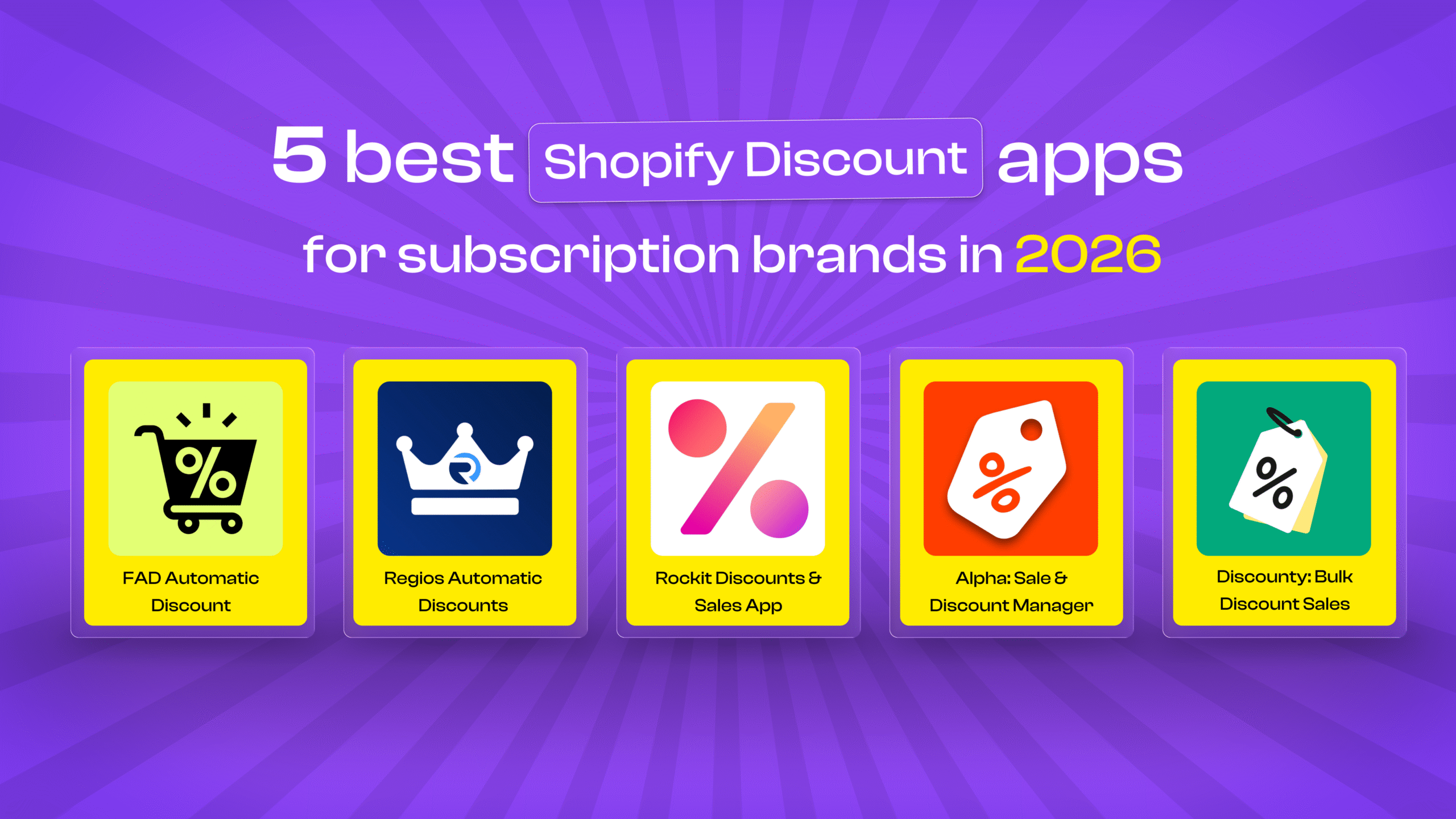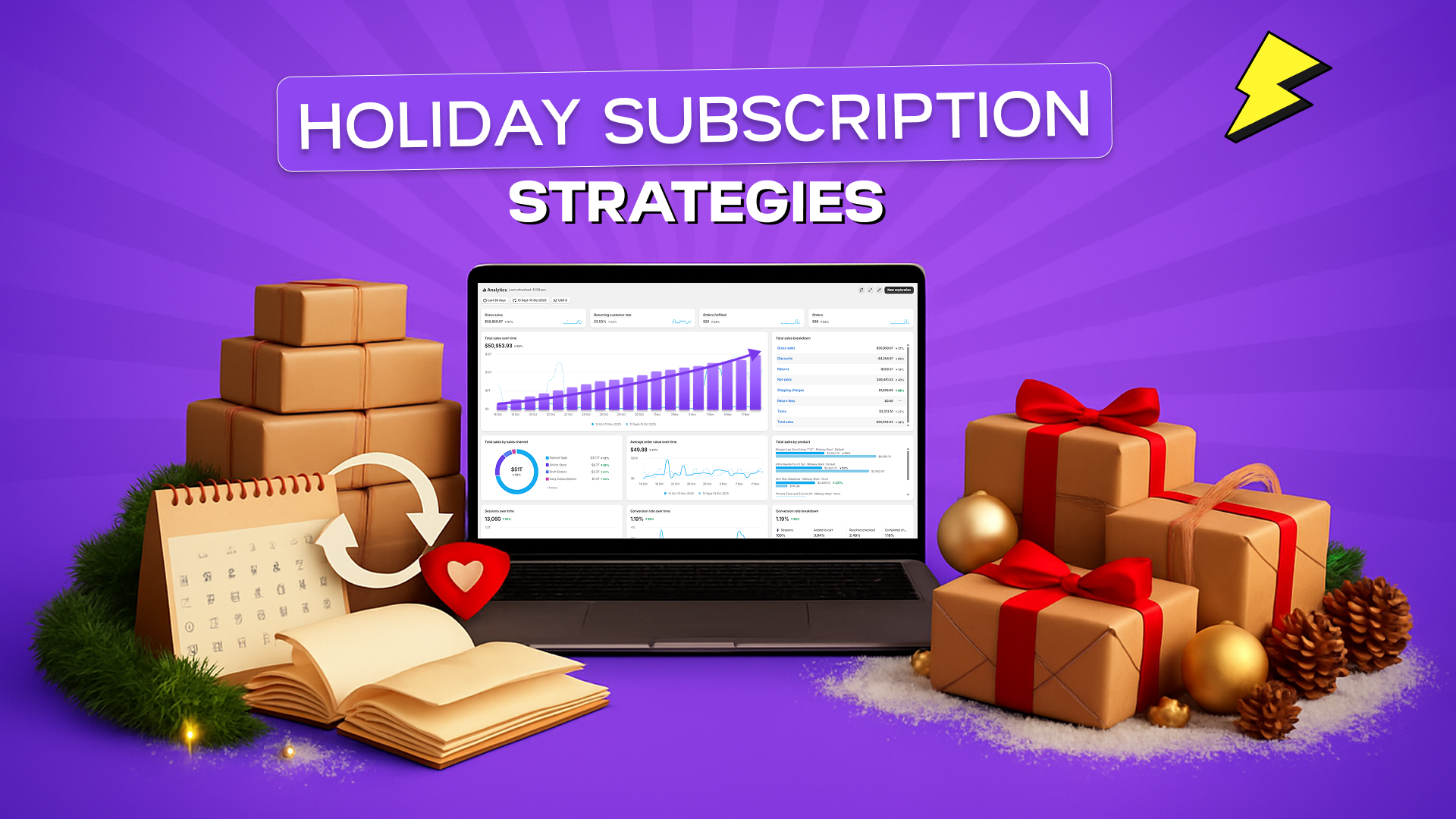
2025 Guide: Launching a Strong Subscription Business
Published On: April 29, 2025 - 7 min read
The subscription business model has become a powerful move in 2025, and those who have been able to successfully utilize everything it offers, are filling their pockets with recurring revenue. This business model is more than just a trend; it is a solution to many consumer problems, and this is why it has the potential to not only survive but dominate.
Talking about numbers, some reports say that the subscription economy has grown by more than 350% since 2012, and subscription businesses are growing at a rate that is almost five times faster than S&P 500 revenues.
This is why adopting a subscription business has become necessary, because all your competitors are already on it. So in order to survive, perform, and dominate, your business needs to make things work.
But you can’t just wake up one day, flip a switch, and become a successful subscription business. You need solid research and analysis on how to build a successful subscription business in 2025, what niche you should go with, which type of business model to pick, and what the important steps are to reach there.
So, in order to shed some light on your dark path and guide you in the right direction, we wrote this blog. It contains a step-by-step guide on building a successful subscription business in 2025. So dive in to get the best possible clarity on this topic
What Are The Types of Subscription Business Models

Entrepreneurs entering this market must have a thorough understanding of the different kinds of subscription models. Selecting a model that works best for your company is the first step in selling subscriptions. Here we will have an overview of all these types.
Curation Subscription Models
When we talk about the curation subscription model, we talk about a business model that provides customers with repeated individualized product selections.
If we look at an example like ButcherBox, this company delivers premium meat cuts with recipes and has been generating strong recurring revenue by making their services intriguing. This company understood that in this sector, building a box to deliver the products is far more beneficial than going the traditional route.
Replenishment Subscription Models
By automatically delivering necessary supplies at prearranged intervals and removing the need for customers to place new orders, replenishment subscription models provide convenience.
Examples include supermarket delivery services that offer subscription options for commonly requested products and Dollar Shave Club‘s monthly supply of razors and grooming supplies.
Time savings, guaranteeing that customers never run out of vital supplies, and automating the purchase of necessary goods at reduced prices are the primary objectives of this business model.
Access Subscription Models
Customers that purchase access-based subscriptions can continue to use a service or platform in return for a regular cost. Software-as-a-service (SaaS), streaming entertainment, and subscription programs that provide special access to material or advantages fall under this category.
Disney+ is an excellent example of how the access model has been successfully applied. According to Statista, the platform will have over 125 million users worldwide by the first quarter of 2025, a significant milestone since its inception in November 2019.
As of October 2023, Netflix was still the most popular service among children in the United States, with 34% of watchers, according to Statista. Disney+ came in second with 31%. The corporation implemented additional member pricing in a number of countries to increase profitability; subscription fees range from $3.58 in Hong Kong to $6.67 in Italy. In late 2024, U.S. prices were also increased once more.
Most significantly, according to Statista statistics, Disney’s direct-to-consumer entertainment division made $143 million in 2024, which supported the long-term viability of access-based subscription models and represented a substantial turnaround from previous losses.

Step-by-Step Guide to Building a Subscription Ecommerce Business
For businesses seeking to get into the expanding subscription business industry in 2025, the following detailed roadmap offers a complete strategy.
Understanding Your Niche and Target Audience
Getting your hands on the most fruitful niche is the great way of offering a reliable subscription service. Here comes the role of some good research that includes finding the underdeveloped areas of the market, investigating consumer preferences and market trends, and thinking something out of the box.
Consider your target audience’s psychographics, problems, and goals in addition to their fundamental demographics. What issues can be resolved by your subscription? Which experiences are important to them? Making thorough customer profiles ensures that prospective subscribers will find your service compelling. Seek out markets with not too much competition; in 2025, niches like tailored meal kits, specialist fitness services, and eco-friendly items show the most promise.
Validation of the market is necessary prior to a full-scale launch. To determine whether your subscription idea is in demand, conduct surveys, interviews, and small-scale experiments. This stage of research aids in improving your product and offers information that will direct your choice of business model and pricing plan.
Developing Your Product or Service Offering
Once a niche has been determined, concentrate on creating a subscription service that offers clients a definite return on investment. For tangible goods, take into account factors like appearance, exclusivity, and quality. Prioritize engagement, usefulness, and frequent updates for services or digital content to keep subscribers interested.
For subscription businesses to be successful month after month, they usually include elements of surprise, discovery, or ongoing progress. Think about how you can make each delivery or update seem exciting. A lot of successful subscription services also use personalization, letting users tailor their experiences according to their interests or past exchanges.
Think carefully about operational factors like sourcing, fulfillment, and scalability while creating your solution. Inventory control and logistics will be important factors for physical subscriptions. Content generation pipelines and platform dependability become crucial elements for digital subscriptions.
Selecting the Right Subscription Model
Analyzing your product kind, target market, and business goals is necessary to select the best subscription model. Think about whether an access strategy, replenishment model, or curation approach will work best for your service. Each has distinct client expectations and operational needs.
You must decide on your pricing structure and subscription terms in addition to the fundamental model type. Among the options are:
-
Recurring monthly, quarterly, or yearly billing that is fixed
-
Pricing tiers according on quantity or service levels
-
Freemium business models with premium priced services and basic free access
-
Pay-per-use schemes with minimum membership amounts
Numerous prosperous subscription companies provide a variety of choices to cater to various clientele groups. Compared to monthly invoicing, annual memberships usually offer reductions, which encourage longer commitments while enhancing cash flow and lowering attrition.
Creating a Comprehensive Business Plan
When the question comes like how to keep generating recurring revenue in the subscription business model, the answer has to be by creating a good business plan. Start with a value proposition and mission statement that clearly explain why users should sign up for your service. Add in-depth research on the market, your competitors, and your distinctive selling points.
You should include subscription-specific KPIs in your financial estimates, like:
-
Cost of acquiring customers (CAC)
-
ARPU, or average revenue per user,
-
Value of a customer over time (LTV)
-
Recurring monthly income (MRR)
-
Strategies for customer retention and reduce churn rate
You can use these metrics to evaluate the feasibility of your business plan and make well-informed choices on pricing, marketing expenditures, and expansion goals. Outline your operational plan as well, taking into account the team structure, technological requirements, and fulfillment procedures.
Choosing The Right Subscription App
When you are managing an online subscription business, one core element will be a reliable subscription app that never slows down your speed. But what makes a subscription app reliable? Its robust features. Let’s have a look at must-have features that make a subscription app the best subscription app.
-
Flexible subscription models like build-a-box, prepaid plans, or gift subscriptions
-
Advanced analytics to track subscription performance and customer behavior
-
Customizable widgets that match your store’s brand
-
Automation tools like dunning management, fallback products, and automatic contract updates
-
Custom email domains for professional, branded communication
-
No hidden fees like transaction charges eating into your margins
Choosing the right subscription app can entirely flip the tables to your side and make everything easy for you.
Final Call
In 2025, you have to take care of several factors to reach the pinnacle of the subscription business model. Managing subscriptions could feel like biting a bullet if you don’t go with a well-researched plan, as this isn’t a tiny market; this $1.5 trillion global subscription industry has big potential.
Now, as you cannot go without a well-laid plan, we have prepared this well-researched plan for you. With almost everything covered about the subscription business model, this blog is totally worthy of helping you in building a successful subscription business and generating recurring revenue.
What’s the best part? As the best subscription management app for Shopify, Easy Subscriptions brings you all the tools, features, and benefits we’ve discussed—right out of the box. We’re your greatest ally in creating a strong, lucrative subscription brand, whether you’re starting, growing, or optimizing.






















